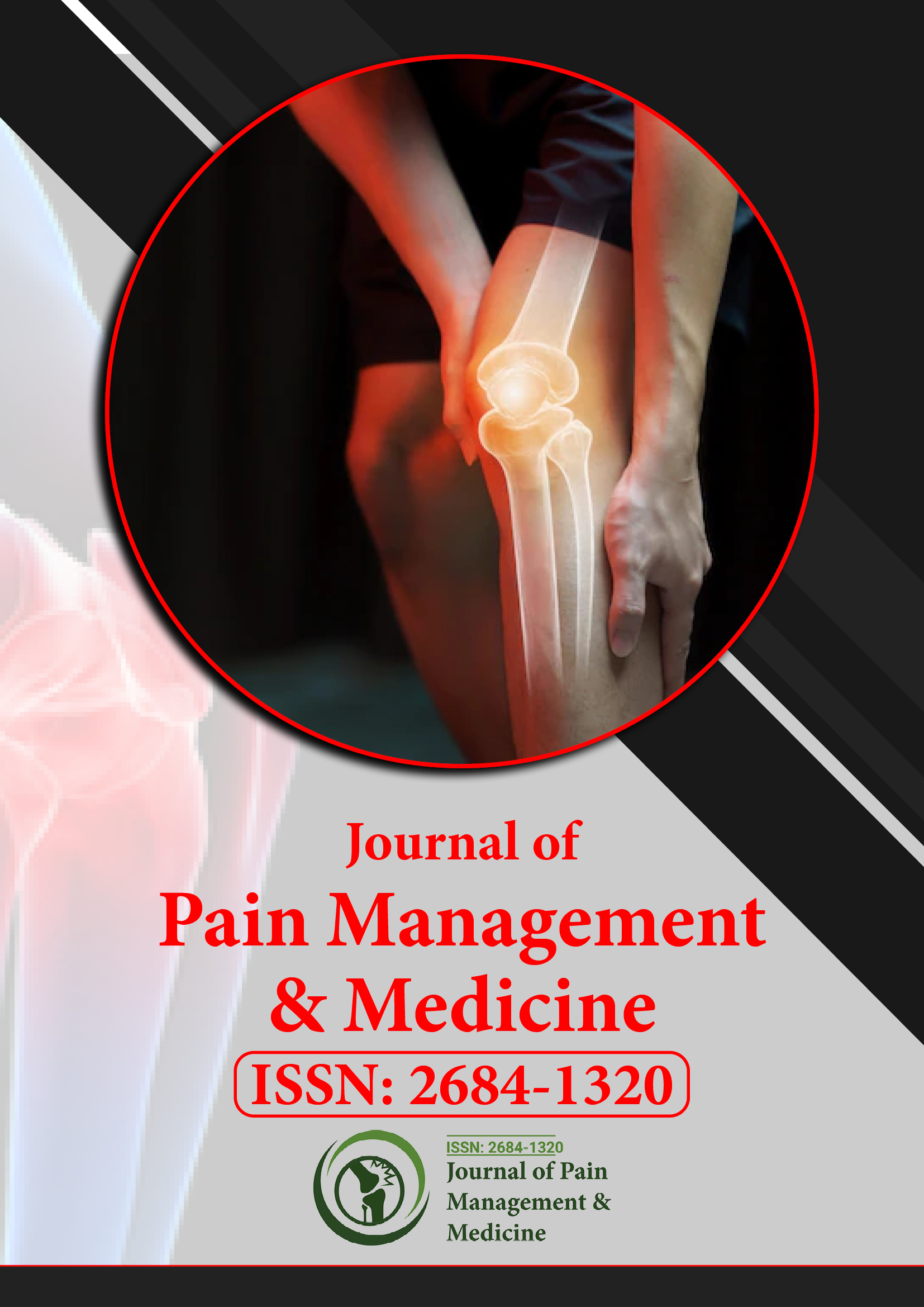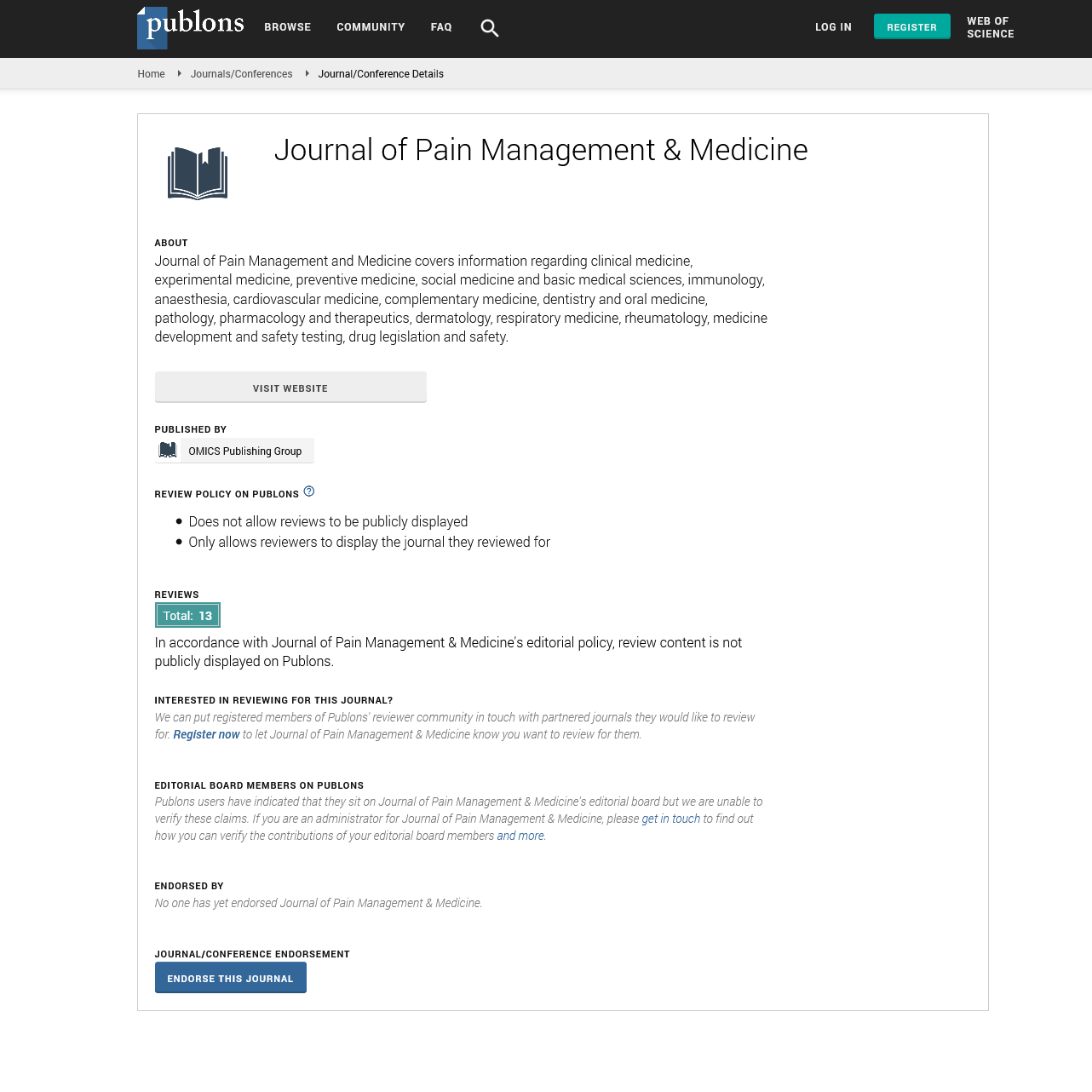Indexed In
- RefSeek
- Hamdard University
- EBSCO A-Z
- Publons
- Euro Pub
- Google Scholar
- Quality Open Access Market
Useful Links
Share This Page
Journal Flyer

Open Access Journals
- Agri and Aquaculture
- Biochemistry
- Bioinformatics & Systems Biology
- Business & Management
- Chemistry
- Clinical Sciences
- Engineering
- Food & Nutrition
- General Science
- Genetics & Molecular Biology
- Immunology & Microbiology
- Medical Sciences
- Neuroscience & Psychology
- Nursing & Health Care
- Pharmaceutical Sciences
Short Communication - (2021) Volume 7, Issue 2
Interaction of Cancer Cells and Responsive Oxygen Species
Rossella Hohenfellner*Received: 09-Mar-2021 Published: 30-Mar-2021, DOI: 10.35248/2684-1320.21.7.149
Description
Malignancy cells depend on the flagging capacities of Responsive Oxygen Species (ROS) for cell movement, multiplication, and endurance. To expand ROS creation, malignant growth cells gain oncogenic transformations, lose tumour silencers, and speed up their digestion. Hydrogen peroxide (H2O2), a sort of ROS, advances supportive of tumorigenic motioning by interceding the cysteine oxidation of target proteins to change their capacity. Significantly, if ROS levels are excessively high, ROS can advance enemy of tumorigenic flagging and initiate disease cell senescence and cell demise. Accordingly, it is basic for disease cells to keep an ideal ROS level. To forestall extreme ROS collection, malignant growth cells increment their cancer prevention agent limit. This sanctioned ROS-killing component incorporates up regulation of the redox-touchy record factor atomic factor erythroid 2-related factor 2 (NRF2). NRF2 protein adjustment during oxidative pressure takes into consideration the acceptance of various cell reinforcements, incorporating chemicals associated with glutathione (GSH) blend and use, glutathione peroxidase, and peroxiredoxin. Efficiently decided if and what ROS induced TRPA1 enactment and Ca2+ flood mean for the oxidative pressure guard programs in malignant growth cells to advance disease cell endurance. The creators initially inspected whether TRPA1 was pregulated and utilitarian in an assortment of malignant growth types; this would be normal if disease cells use TRPA1 to endure oxidative pressure. For sure, Takahashi et al. discovered expanded TRPA1 mRNA and protein articulation in bosom and lung tumors. In addition, by utilizing the TRPA1 agonist mustard oil in mix with hereditary and pharmacological approaches, the creators showed that TRPA1 intercedes an expansion in the intracellular Ca2+ fixation in various disease cell lines. Then, the creators showed that a TRPA1-intervened Ca2+ deluge was needed for the expanded endurance of TRPA1-enhanced disease cells in light of H2O2. The part of TRPA1 in port autonomous development, a vital component of anoikis obstruction, cell endurance without extracellular framework (ECM) connection, and tumour metastasis. The creators utilized the cancer prevention agent N-Acetyl-L-cysteine to show that ECM separation interceded ROS creation was needed for the increment in intracellular Ca2+ by TRPA1. Besides, in a delicate agar measure, restraint of TRPA1 diminished the settlement number and normal province size of HCC1569 bosom disease cells, demonstrating the need of TRPA1 for harbor autonomous development. This information recommends that TRPA1 advances oxidative pressure resilience and malignant growth cell endurance to some extent by stifling anoikis. Additionally found that TRPA1-intervened Ca2+ inundation elevated malignant growth cell protection from ROS producing treatments like carboplatin. Steady with their in vitro information, the creators use dimmunocom promised mice to show that hereditary knockdown and pharmacological hindrance of TRPA1 smothered tumour development and chemo resistance in vivo [1-5].
A charming finding of this investigation was that significant degrees of ROS oxidized explicit cysteine deposits of TRPA1, not to expand malignancy cell cancer prevention agent limit in any case, to advance disease cell endurance through the up regulation of Ca2+-subordinate enemy of apoptotic pathways. Consequently, ROS can work as flagging atoms to advance disease cell endurance through TRPA1. Since TRPA1 was overexpressed comparative with relating typical tissue in various disease types focusing on TRPA1, instead of straightforwardly controlling ROS levels through cell reinforcement restraint, might be a more specific and powerful enemy of malignant growth treatment.
Hence, future work ought to be done to improve the viability and utility of TRPA1 inhibitors as against malignancy specialists. Mix treatment may build the adequacy of repressing TRPA1, on the grounds that appeared in vivo that TRPA1 inhibitor treatment in blend with carboplatin decreased tumour development more than either drug treatment alone. Moreover, in light of the fact that TRPA1 was demonstrated to be actuated by ROS in a NRF2-subordinate way, this investigation warrants the expected utilization of a TRPA1 inhibitor with selectivity for hypoxic tumor cells, which have significant degrees of ROS, or for tumour cells with a constitutively dynamic NRF2, similar to a subset of lung adenocarcinoma cells.
Moreover, it will bear some significance with decide if other calcium channels can be actuated by ROS to advance disease cell survival. Nevertheless, the discoveries from Takahashi et al. uncover the presence of a novel, ROS-controlled TRPA1-intervened cell endurance instrument and open up an energizing new road for the therapy of malignancy.
REFERENCES
- Berrout J, Kyriakopoulou E, Moparthi L, Hogea AS, Berrout L, Ivan C, et al. TRPA1- FGFR2 binding event is a regulatory oncogenic driver modulated by miRNA-142-3p. Nat Commun. 2017;8:947.
- Bessac BF, Sivula M, von Hehn CA, Escalera J, Cohn L, Jordt SE. TRPA1 is a major oxidant sensor in murine airway sensory neurons. J Clin Invest. 2008;118:1899–1910.
- Chen J, Hackos DH. TRPA1 as a drug target–promise and challenges. Naunyn Schmiedebergs Arch Pharmacol. 2015;388:451–463
- De´ liot N, Constantin B. Plasma membrane calcium channels in cancer: Alterations and consequences for cell proliferation and migration. Biochim Biophys Acta 2015;1848(10 Pt B): 2512–2522.
- Derouiche S, Mariot P, Warnier M, Vancauwenberghe E, Bidaux G, Gosset P, et al. Activation of TRPA1 channel by antibacterial agent triclosan induces VEGF secretion in human prostate cancer stromal cells. Cancer Prev Res. (Phila.) 2017;10(3):177–187.
Citation: Hohenfellner R (2021) Interaction of Cancer Cells and Responsive Oxygen Species. J Pain Manage Med. 7:149.
Copyright: © 2021 Hohenfellner R. This is an open access article distributed under the terms of the Creative Commons Attribution License, which permits unrestricted use, distribution and reproduction in any medium, provided the original work is properly cited.

